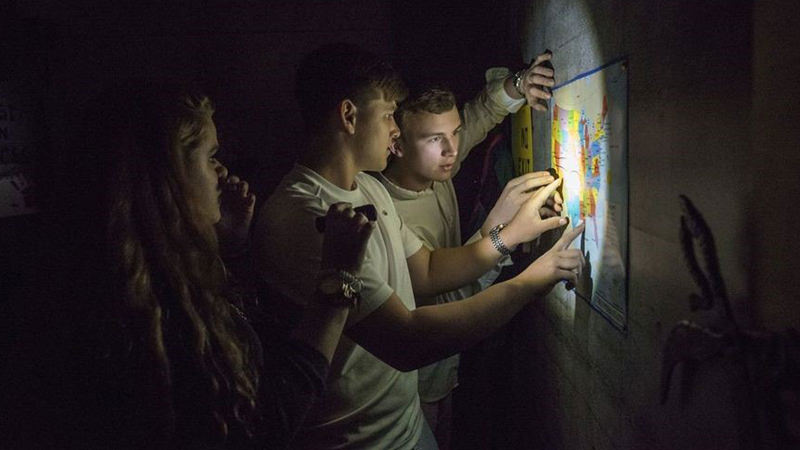Try Something Hard: How to Find a Difficult Escape Room and Beat It
If you’ve already managed to gain a bit of experience with escape rooms, you know that getting away in time is far from impossible. Most of the challenges are based with an average player in mind: a mysterious person who is over 14 but probably younger than 90 (though that’s not always the case!) and who has a strong desire to solve puzzles for some reason… that’s the only thing that can be said for sure about a typical escape room visitor. So once your team learns how to work together, and you try out all the standard puzzles, escaping from locked rooms for beginners becomes too easy. To keep the challenge strong, many players choose to try high difficulty escape quests… and mostly fail on their first try. Why is that? The reason is, difficult escape rooms often contain unique puzzles that other challenges do not provide. When you’re entering such a problem, you have to be real quick about anything that’s not related to the unique puzzles, as they’ll possibly take the most time to crack. That’s how the human brain works: when we get a new type of problem, we need some extra time to figure it out. There’s no way to prepare to something entirely new, but there is a smart strategy that will help you to get the time you need for solving unique puzzle chains – and we’ll share it right here!

Keep Exploring, And Nobody Loses
So, the key to winning a high difficulty escape room is exploration. You need lots of it, as hard escape challenges often have lots of details and hidden objects. It’s impossible to tell what you’ll need most right from the start, so you’d better keep exploring while others are stuck on another mind-breaking puzzle. Pay particular attention to these:
- Walls and floor. If there are boards anywhere, they might be placed for a reason. Do not get too physical and don’t break anything; instead, try things go loose as there may be critical hidden spots with keys or passcodes that your team could make good use of.
- Bookcases, cupboards, wardrobes. These are often full of distractions, so be fast yet persistent. Your task is to look through most of the objects as quickly as possible. And don’t forget to check the furniture itself: sometimes there’s a note under the desks.
- Small decorations. Flower pots, decorative horns, and animal heads, oil paintings: these may look like a part of the scene, but they’re also a part of your quest. As always, look for hidden objects and clues; in a complicated escape room, you shouldn’t ignore any possibility.
If you want to visit an escape room of a higher difficulty, come to any of our locations in Seattle, Shoreline or Redmond. We’ve got all the difficulty rates listed, so it’ll be easy for you to find the perfect challenge!

